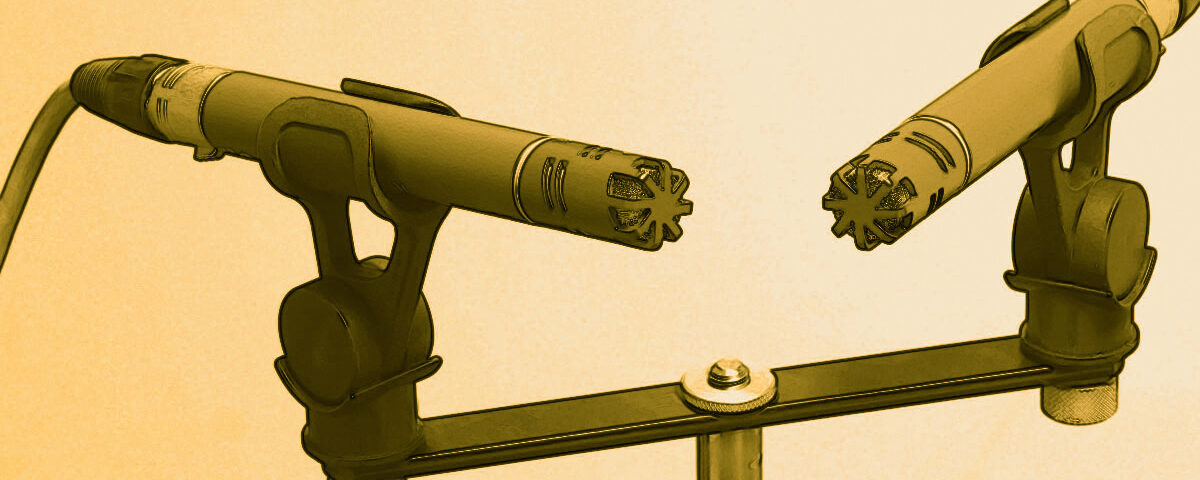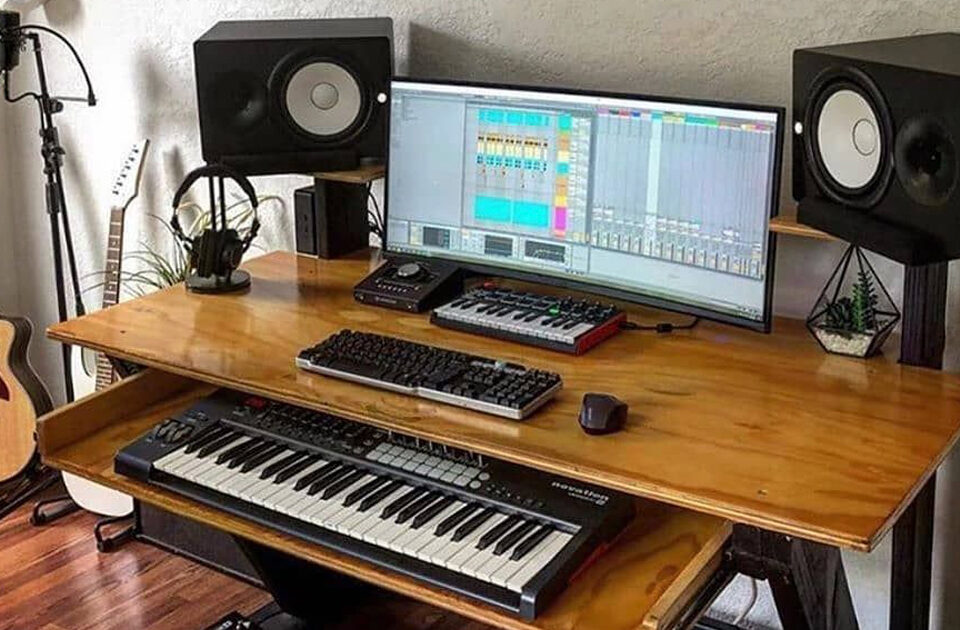Stereo Recording Techniques – Capturing the Essence of Sound in All Its Depth and Glory
Stereo recording techniques have revolutionised the way we capture and reproduce sound. By providing a sense of space and depth, stereo recording adds a level of realism and immersion that monaural recordings cannot match. In this blog, we will explore various stereo recording techniques, including XY, ORTF, AB, and mid-side (M/S) microphone configurations, and delve into the unique characteristics and applications of each method.
Before we dive into the specific techniques, let’s first understand the basic principle behind stereo recording. Stereo recording involves using two or more microphones to capture sound from different angles, replicating the way our ears perceive sound in a three-dimensional space. By using different microphone configurations, engineers can create a sense of width, depth, and localization in the stereo image.
One of the most common stereo recording techniques is the XY configuration. In an XY setup, two microphones are placed close to each other with their diaphragms pointing towards the sound source. The microphones are arranged at a specific angle, typically 90 degrees, creating an X-Y axis. The advantage of the XY technique is its ability to produce a well-defined center image with good mono compatibility. However, the stereo width can be limited, as the microphones are fixed in position and lack the ability to capture a wide soundstage.
Another popular technique is ORTF (Office de Radiodiffusion Télévision Française), which was developed by the French broadcasting authority. In ORTF, two cardioid microphones are spaced 17 cm apart and angled at approximately 110 degrees. This setup aims to replicate the spacing and angle between human ears, providing a more natural stereo image. The ORTF technique offers good localization and a wider stereo field compared to XY, making it suitable for capturing live performances, orchestras, and ambient recordings.
The AB technique involves placing two omnidirectional microphones in an array, typically spaced several feet apart. The distance between the microphones helps create a spacious stereo image with a wide soundstage. The main advantage of AB is its ability to capture a natural ambience and room acoustics, making it ideal for classical music, choirs, and ensemble recordings. However, due to the wide microphone spacing, AB can suffer from phase cancellation issues when used in close-miking situations.
The mid-side (M/S) technique is another versatile stereo recording method. It combines a cardioid microphone (mid) with a bidirectional or figure-eight microphone (side). The cardioid microphone is aimed directly at the sound source, while the bidirectional microphone captures sound from the sides. During playback, the stereo width can be adjusted by altering the balance between the mid and side signals. The M/S technique offers great mono compatibility, as the mid microphone captures the center image, while the side microphone provides the stereo width. It is particularly useful in post-production, allowing engineers to manipulate the stereo image during the mixing process.
Each stereo recording technique has its own unique characteristics and applications. The choice of technique depends on various factors, including the nature of the sound source, desired stereo width, and the acoustics of the recording environment. It is essential to experiment with different microphone configurations and understand their strengths and limitations to achieve the desired sonic results.
In addition to the microphone setup, other factors such as microphone choice, placement, and room acoustics also play crucial roles in stereo recording. Selecting high-quality microphones that accurately capture the nuances of the sound source is essential for achieving a faithful reproduction. Proper microphone placement, considering factors like distance, angle, and height, helps capture the desired tonal balance and stereo image. Additionally, the acoustic characteristics of the recording space, such as reflections and reverberation, can significantly impact the overall stereo recording quality.
To sum it up, stereo recording techniques are powerful tools that allow us to capture sound in all its richness and depth. Whether you’re recording a live performance, an orchestra, or an intimate acoustic session, understanding and implementing these techniques can elevate your recordings to a new level of realism and immersion. So, grab your microphones, experiment with different setups, and unlock the full potential of stereo recording. Get ready to immerse yourself in a sonic experience that brings the music to life like never before!


